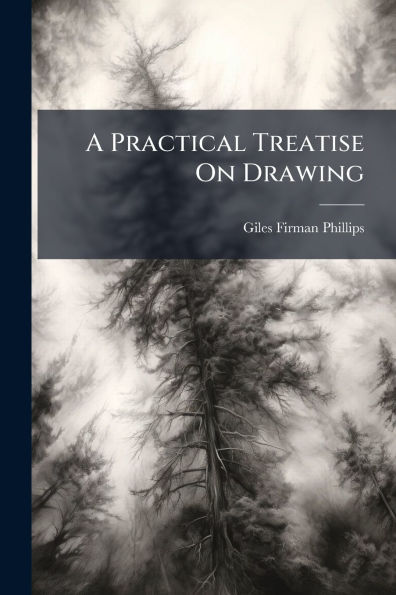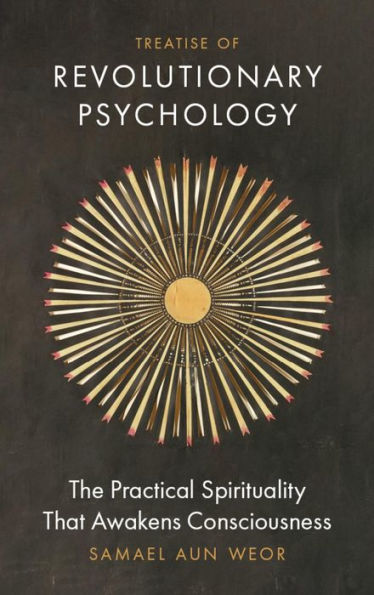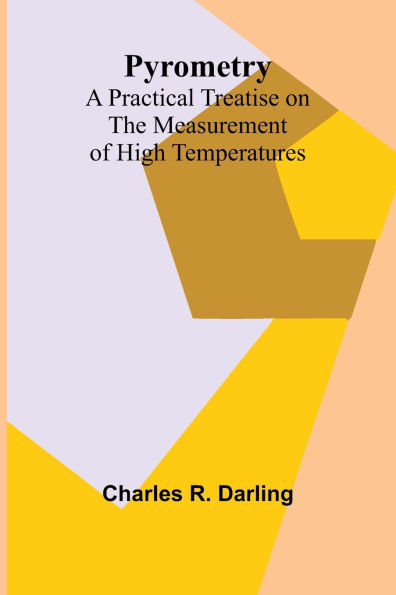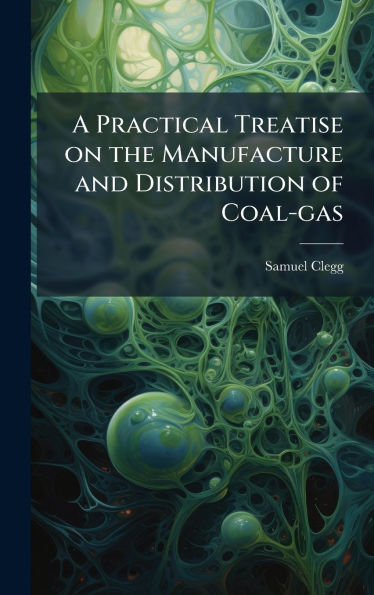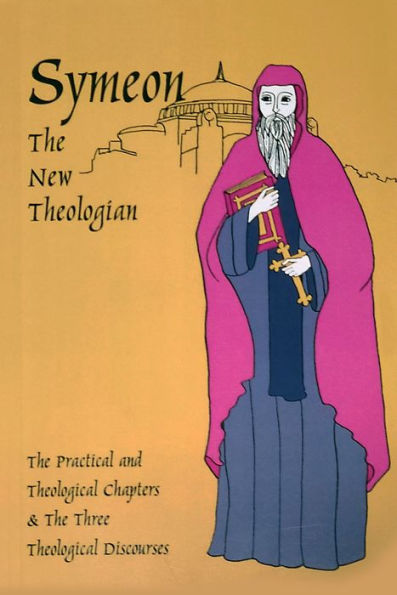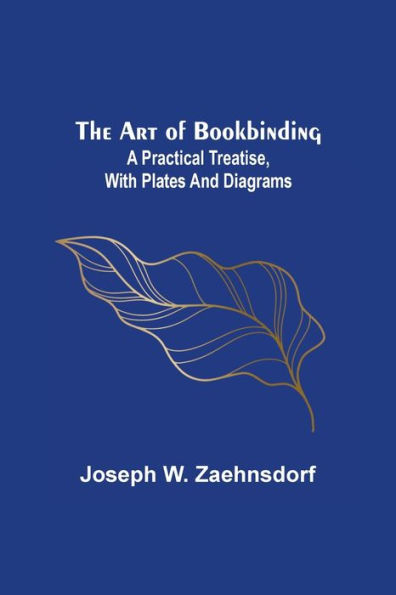Home
Elementary Treatise on Practical Magic
Barnes and Noble
Loading Inventory...
Elementary Treatise on Practical Magic in Franklin, TN
Current price: $49.95
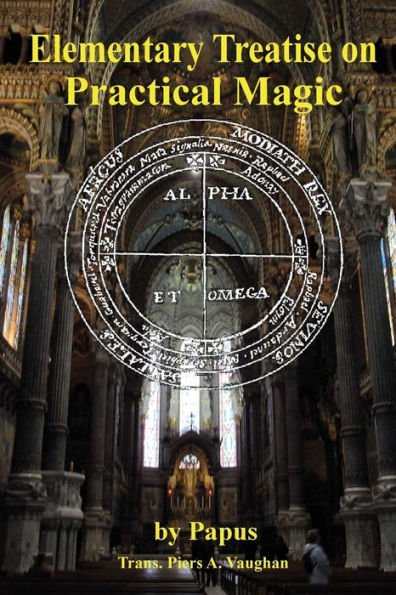
Barnes and Noble
Elementary Treatise on Practical Magic in Franklin, TN
Current price: $49.95
Loading Inventory...
Size: Hardcover
In 1893, Dr. Gérard Encausse, also known by his nomen mysticum, Papus, wrote a book entitled Traité Élémentaire de Magie Pratique: Adaptation, Réalisation, Théorie de la Magie, or "Elementary Treatise of Practical Magic: Adaptation, Practice, Theory of Magic." This was the moment the general public came to meet 'Papus' for the first time.
Perhaps the most important word in the long title is Adaptation, for Papus makes the very important point that it isn't necessary to follow the instructions of the Grimoires slavishly, with no understanding or engagement of the intellect. He argued that modern man had neither the time to undertake the extensive and exclusive practices of old, and that many of the materials and implements required could either be purchased ready-made, or replaced with more modern substitutes. In this, he was perhaps the first public exponent of the Art to allow the ancient rituals to be adapted to modern use.
The book was a brave attempt to 'normalize' the esoteric world by placing it firmly in the realm of science, and Papus brought his medical knowledge to the challenge, in an attempt to show that everything which magic claimed to do was either firmly within the scientific domain, or would be in the near future. By applying his scientific methods to the study of esoteric phenomena, he hoped to make the magical arts a more respectable fiend of study. To support this, he included extensive lessons on physiology, neural pathology and hypnotherapy. These were interwoven with discussions of magic, which were primarily based on the Grimoires, and in particular the Clavicles of King Solomon, to show that in some areas of study they were moving along similar paths. Yet for the high road he tries to take, Papus is not above adding phrases like 'Country' or 'Folk Magic' and 'Love Potions' to his subtitle!
That said, the book is important in the history of esoteric education for a number of reasons. It was one of the first books which brought knowledge of the Grimoires and Ceremonial Magic to the general public, rather than to a rarified group of disciples. He was also the first to try to marry esoteric studies to science, in order to make them more palatable; and indeed, his work in this field does not appear to have negatively affected his professional life.
Perhaps most importantly, it provides a fascinating insight in fin de siècle Paris, with its aspirations, energy, fears, and pride. We see a people galvanized with excitement, anticipating the World Fair in 1889, which would see the Eiffel Tower as a monument to man's scientific advances, the appearance of mass transportation by railroad, electric lighting, photography (all of which Papus mentions in this book), together with a burgeoning knowledge of the structure and functioning of the Microcosm - Man.
The text has been supplied with extensive footnotes: Papus had a habit of writing for his times, and therefore makes many assumptions of his readers regarding current politics and history, newspapers, books and magazines, and famous characters and Orders existing in his times. Since it is unlikely any modern reader would be very familiar with these references, the footnotes are intended to provide a quick background, without forcing the reader to have to keep turning to endnotes in order to look up references.
Perhaps the most important word in the long title is Adaptation, for Papus makes the very important point that it isn't necessary to follow the instructions of the Grimoires slavishly, with no understanding or engagement of the intellect. He argued that modern man had neither the time to undertake the extensive and exclusive practices of old, and that many of the materials and implements required could either be purchased ready-made, or replaced with more modern substitutes. In this, he was perhaps the first public exponent of the Art to allow the ancient rituals to be adapted to modern use.
The book was a brave attempt to 'normalize' the esoteric world by placing it firmly in the realm of science, and Papus brought his medical knowledge to the challenge, in an attempt to show that everything which magic claimed to do was either firmly within the scientific domain, or would be in the near future. By applying his scientific methods to the study of esoteric phenomena, he hoped to make the magical arts a more respectable fiend of study. To support this, he included extensive lessons on physiology, neural pathology and hypnotherapy. These were interwoven with discussions of magic, which were primarily based on the Grimoires, and in particular the Clavicles of King Solomon, to show that in some areas of study they were moving along similar paths. Yet for the high road he tries to take, Papus is not above adding phrases like 'Country' or 'Folk Magic' and 'Love Potions' to his subtitle!
That said, the book is important in the history of esoteric education for a number of reasons. It was one of the first books which brought knowledge of the Grimoires and Ceremonial Magic to the general public, rather than to a rarified group of disciples. He was also the first to try to marry esoteric studies to science, in order to make them more palatable; and indeed, his work in this field does not appear to have negatively affected his professional life.
Perhaps most importantly, it provides a fascinating insight in fin de siècle Paris, with its aspirations, energy, fears, and pride. We see a people galvanized with excitement, anticipating the World Fair in 1889, which would see the Eiffel Tower as a monument to man's scientific advances, the appearance of mass transportation by railroad, electric lighting, photography (all of which Papus mentions in this book), together with a burgeoning knowledge of the structure and functioning of the Microcosm - Man.
The text has been supplied with extensive footnotes: Papus had a habit of writing for his times, and therefore makes many assumptions of his readers regarding current politics and history, newspapers, books and magazines, and famous characters and Orders existing in his times. Since it is unlikely any modern reader would be very familiar with these references, the footnotes are intended to provide a quick background, without forcing the reader to have to keep turning to endnotes in order to look up references.
In 1893, Dr. Gérard Encausse, also known by his nomen mysticum, Papus, wrote a book entitled Traité Élémentaire de Magie Pratique: Adaptation, Réalisation, Théorie de la Magie, or "Elementary Treatise of Practical Magic: Adaptation, Practice, Theory of Magic." This was the moment the general public came to meet 'Papus' for the first time.
Perhaps the most important word in the long title is Adaptation, for Papus makes the very important point that it isn't necessary to follow the instructions of the Grimoires slavishly, with no understanding or engagement of the intellect. He argued that modern man had neither the time to undertake the extensive and exclusive practices of old, and that many of the materials and implements required could either be purchased ready-made, or replaced with more modern substitutes. In this, he was perhaps the first public exponent of the Art to allow the ancient rituals to be adapted to modern use.
The book was a brave attempt to 'normalize' the esoteric world by placing it firmly in the realm of science, and Papus brought his medical knowledge to the challenge, in an attempt to show that everything which magic claimed to do was either firmly within the scientific domain, or would be in the near future. By applying his scientific methods to the study of esoteric phenomena, he hoped to make the magical arts a more respectable fiend of study. To support this, he included extensive lessons on physiology, neural pathology and hypnotherapy. These were interwoven with discussions of magic, which were primarily based on the Grimoires, and in particular the Clavicles of King Solomon, to show that in some areas of study they were moving along similar paths. Yet for the high road he tries to take, Papus is not above adding phrases like 'Country' or 'Folk Magic' and 'Love Potions' to his subtitle!
That said, the book is important in the history of esoteric education for a number of reasons. It was one of the first books which brought knowledge of the Grimoires and Ceremonial Magic to the general public, rather than to a rarified group of disciples. He was also the first to try to marry esoteric studies to science, in order to make them more palatable; and indeed, his work in this field does not appear to have negatively affected his professional life.
Perhaps most importantly, it provides a fascinating insight in fin de siècle Paris, with its aspirations, energy, fears, and pride. We see a people galvanized with excitement, anticipating the World Fair in 1889, which would see the Eiffel Tower as a monument to man's scientific advances, the appearance of mass transportation by railroad, electric lighting, photography (all of which Papus mentions in this book), together with a burgeoning knowledge of the structure and functioning of the Microcosm - Man.
The text has been supplied with extensive footnotes: Papus had a habit of writing for his times, and therefore makes many assumptions of his readers regarding current politics and history, newspapers, books and magazines, and famous characters and Orders existing in his times. Since it is unlikely any modern reader would be very familiar with these references, the footnotes are intended to provide a quick background, without forcing the reader to have to keep turning to endnotes in order to look up references.
Perhaps the most important word in the long title is Adaptation, for Papus makes the very important point that it isn't necessary to follow the instructions of the Grimoires slavishly, with no understanding or engagement of the intellect. He argued that modern man had neither the time to undertake the extensive and exclusive practices of old, and that many of the materials and implements required could either be purchased ready-made, or replaced with more modern substitutes. In this, he was perhaps the first public exponent of the Art to allow the ancient rituals to be adapted to modern use.
The book was a brave attempt to 'normalize' the esoteric world by placing it firmly in the realm of science, and Papus brought his medical knowledge to the challenge, in an attempt to show that everything which magic claimed to do was either firmly within the scientific domain, or would be in the near future. By applying his scientific methods to the study of esoteric phenomena, he hoped to make the magical arts a more respectable fiend of study. To support this, he included extensive lessons on physiology, neural pathology and hypnotherapy. These were interwoven with discussions of magic, which were primarily based on the Grimoires, and in particular the Clavicles of King Solomon, to show that in some areas of study they were moving along similar paths. Yet for the high road he tries to take, Papus is not above adding phrases like 'Country' or 'Folk Magic' and 'Love Potions' to his subtitle!
That said, the book is important in the history of esoteric education for a number of reasons. It was one of the first books which brought knowledge of the Grimoires and Ceremonial Magic to the general public, rather than to a rarified group of disciples. He was also the first to try to marry esoteric studies to science, in order to make them more palatable; and indeed, his work in this field does not appear to have negatively affected his professional life.
Perhaps most importantly, it provides a fascinating insight in fin de siècle Paris, with its aspirations, energy, fears, and pride. We see a people galvanized with excitement, anticipating the World Fair in 1889, which would see the Eiffel Tower as a monument to man's scientific advances, the appearance of mass transportation by railroad, electric lighting, photography (all of which Papus mentions in this book), together with a burgeoning knowledge of the structure and functioning of the Microcosm - Man.
The text has been supplied with extensive footnotes: Papus had a habit of writing for his times, and therefore makes many assumptions of his readers regarding current politics and history, newspapers, books and magazines, and famous characters and Orders existing in his times. Since it is unlikely any modern reader would be very familiar with these references, the footnotes are intended to provide a quick background, without forcing the reader to have to keep turning to endnotes in order to look up references.



